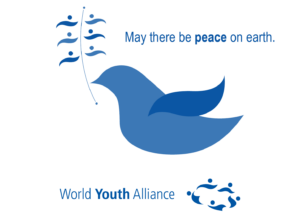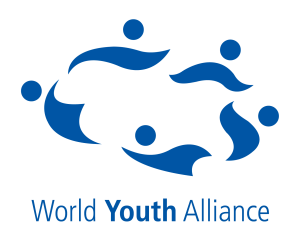Adoption is in trouble due to competition from the surrogacy industry. Adoption procedures were designed with the sole purpose of protecting the best interests of the child. But this cornerstone of family policy is suffering at the hands of a new model that is developing, a model which prioritizes consumers preferences and economic principles.
The surrogacy industry puts the desires of adults above the needs and rights of children, including the right to family life of children who have been placed for adoption. In fact, surrogacy creates a market in children, one which treats human beings like objects and has the potential to greatly reduce adoption rates for vulnerable children.

Although it is troubling to consider the application of economics and market theory to human beings, surrogacy is a multi-billion dollar global industry which does just that. Therefore, it is worthwhile to consider the those aspects and their relation to adoption.
If we consider the desire of individuals and couples to have children as a market that follows consumer choice theory, we realize that the consumer can obtain the same satisfaction from surrogacy and adoption (obtaining a baby). As they lead to the same result, adoption and surrogacy can be considered substitute goods as the consumer will only chose one of them. Therefore adoption and surrogacy have an inversely proportional relation which means that the increase on the use of surrogacy will immediately result in reducting adoption proportionaly. However, several factors affect the market:
First, surrogacy presents some clear competitive advantages comparing to adoption. One of the most important advantages of surrogacy over adoption is the possibility of one or both parents having a genetic bond with the child that is impossible to offer in adoption procedures.
Another important competitive advantage of surrogacy is the security of the client’s investment. When you invest your money and time in the surrogacy industry, you ensure that at the end of the process you will be delivered a child, while in the adoption procedures there can be changes in circumstances regardless of how much money has been spent, and children who are available for adoption are not produced on demand.
The third factor is that adopted children could be considered to have negative externalities, which are not integrated into the cost and effort of the procedure but are inherent to adoption. The main negative externality is the fact that adoptions cannot be finalized before birth under article 4 of the Hague Convention on Intercountry Adoption. That delays adoptive parents from taking custody, and gives biological parents the opportunity to decide against adoption. This is understood to promote the best interests of the child because it forbids the child from being the subject of a contract (unlike surrogacy).
Fourthly, adoption includes barriers to entry that makes it more difficult to achieve than surrogacy which presents few barriers for intended parents. For example, adoptive parents receive psychological, social and economical examinations before being approved to adopt. On the other hand, intended parents in surrogacy do not have to receive approval, which has proven troubling in cases such as the Farnell family of the infamous Baby Gammy case, where the intended father had a conviction for child sexual abuse.
Lastly, state intervention in recent years has promoted favorable policies for surrogacy which push the already unbalanced market more and more toward surrogacy while forgetting about adoption. Apart of the fact that surrogacy is promoted by a lot of politicians, public figures and celebrities, in most European and western countries in vitro fertilisation is reimbursed by health insurances, which reduces the price of surrogacy significantly as this medical technique is the most expensive element of the process and required.
The competitive advantages, the negative externalities, the barriers to entry and the disproportionate intervention of the state put the surrogacy in an advantageous position which might enable the industry to monopolize the “market” while reducing or even eliminating the practice of adoption, despite its important focus on children’s needs and rights. Thus surrogacy, a controversial practice banned or disfavored in several European countries and coming under increasing scrutiny due to scandals, may harm children’s interests.
Yet adoption, for all its challenges, plays an important role in society. No one has a right to have a child, but children need parents, and states, recognizing this, permit adoption within strict regulations designed to promote children’s interests. Adoption is child-centered, while also helping adults who wish to have children but cannot on their own. And in adoption, neither a child nor a gestational carrier is ever treated like an object.
Therefore if we want to preserve an adoption system that works well, where children’s rights are at the very center, we need to impose on the global surrogacy industry at least the same principles and rules as adoption has to follow, in line with the Convention on the Rights of the Child and the Hague Convention on Protection of Children and Co-operation in Respect of Intercountry Adoption. Putting these minimal measures into place will ensure that children placed for adoption are not put at a disadvantage while discussions on the other ethical issues surrogacy raises and whether they can be resolved continue.
Written by Antoine Mellado Director of Advocacy World Youth Alliance Europe
Want to learn more about the legal and ethical issues surrounding surrogacy? Check out WYA’s white paper and fact sheet.







